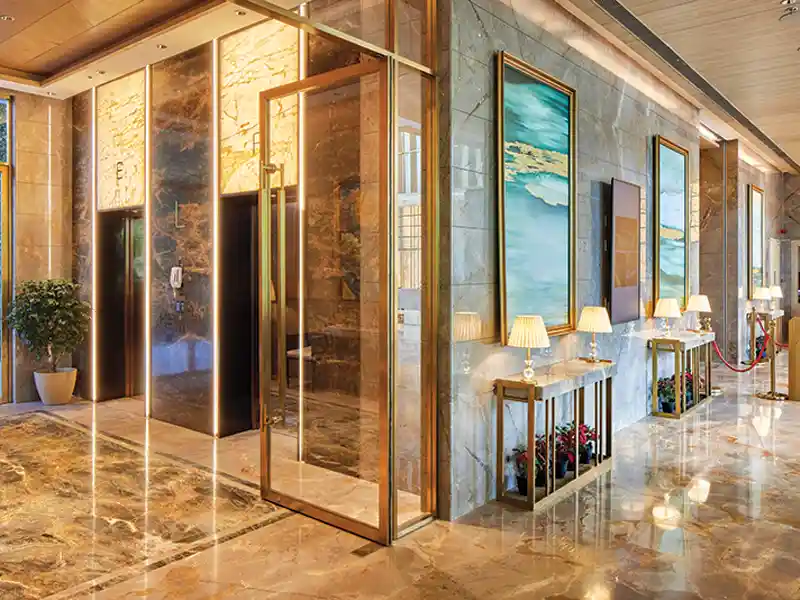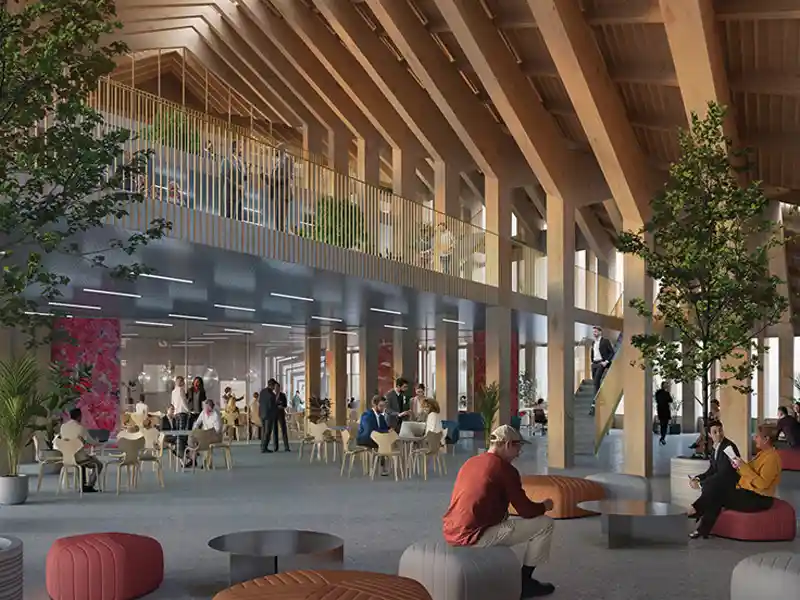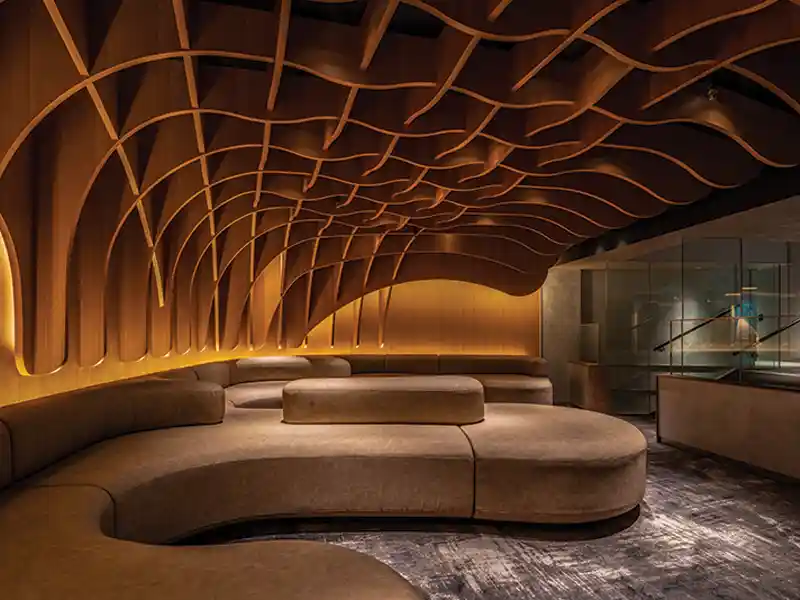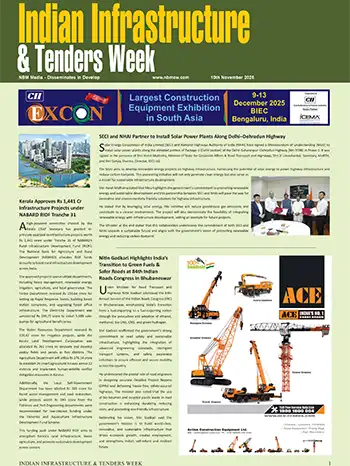Though commercial buildings are amongst the highest consumers of energy per capita, they have a high potential for energy reduction, which will lead to a significantly positive impact on the environment.
Sameer Divekar - Executive Vice President, CP Kukreja Architects
People spend a significant portion of their lives in their homes; if they stay in a pleasing environment, they will imbibe an optimistic approach to life. And if it is a green environment, then they will tend to have a more positive approach towards sustainable and environmentally responsible actions and adaptations. This sense of responsibility can extend to workplaces and public spaces as well.
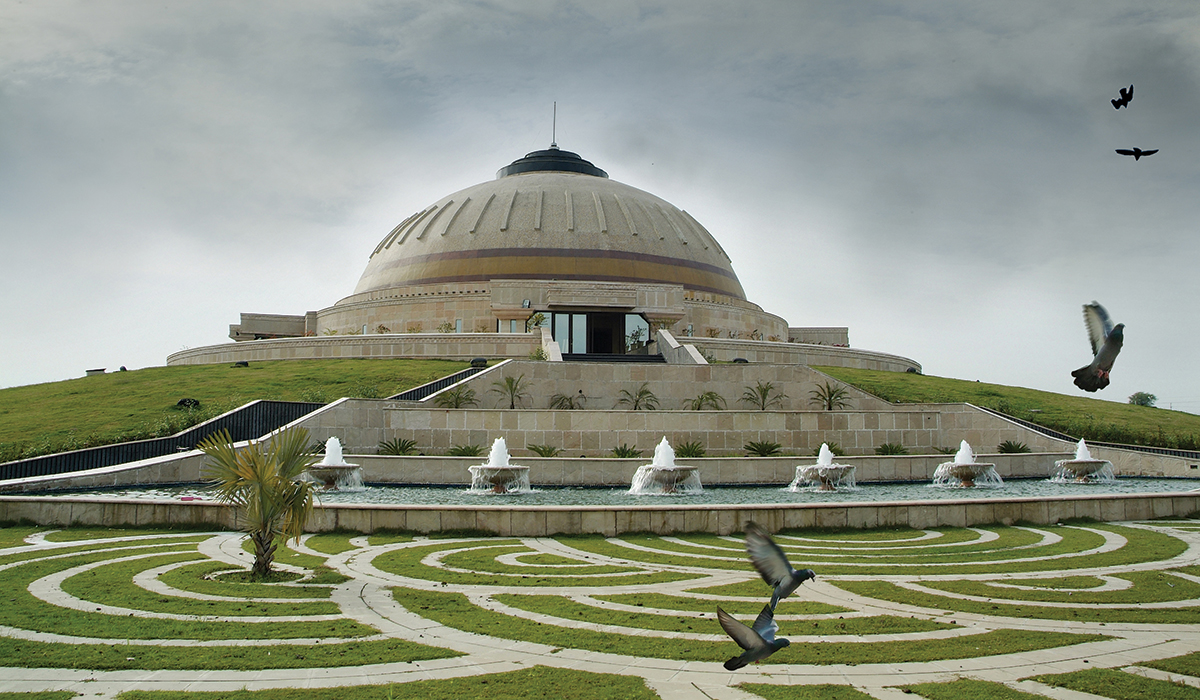
Sustainable buildings incorporate features such as efficient heating and cooling systems, natural lighting, and renewable energy sources. By reducing energy consumption, these projects not only help to conserve natural resources but also save money on utility bills for their occupants. Prioritizing use of recycled or renewable materials, and which have a lower environmental impact during production, transportation, and disposal, help reduce the amount of waste generated during construction, and also minimize the environmental impact of the building over its lifespan. Sustainable projects also prioritize water conservation by installing efficient plumbing fixtures, rainwater harvesting, and greywater recycling systems.
Sustainable projects also promote the local economy by sourcing local materials and labour, which supports local businesses and reduces the environmental impact of transportation. Additionally, sustainable projects can contribute to economic development by creating jobs in the green construction industry and attracting environmentally conscious businesses to the area.
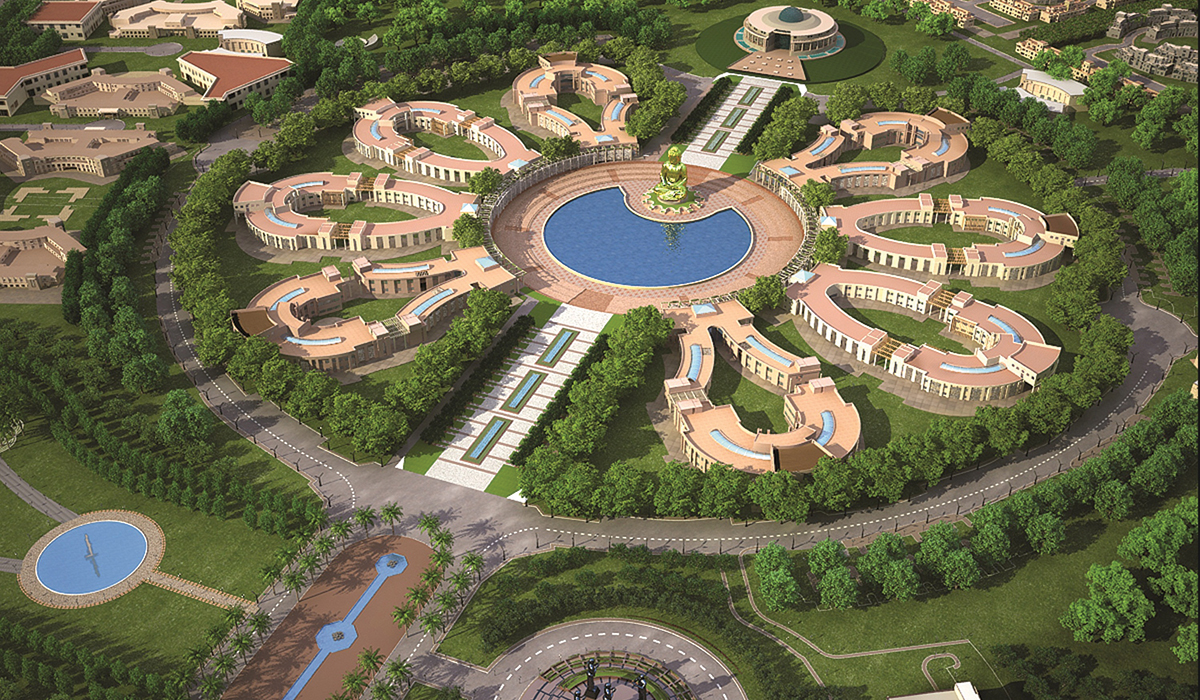
At CPKA, we strive to make our designs contextually relevant to local conditions, available materials, and other constraints. Our focus is to achieve sustainability targets through passive design methodologies in all our projects. For any green building, the first step is to reduce the on-grid energy demand. The next step is to fulfil the existing demand by applying technology and renewable energy. This may include demand control ventilation, lighting control, and high-performance equipment using BMS. We also analyse and maintain the water balance through inputs, consumption, discharge, and wastage ratios so that we can attain a zero-discharge situation on project sites.


